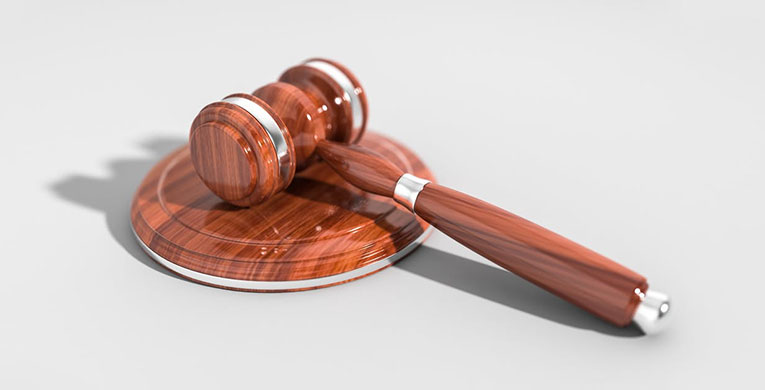What type of creation can I protect under copyright?
The purpose of copyright is to protect intellectual creations. It gives rights to the creators, which allow them to increase the value of their works and to act against forgery and unfair competition. Which creations can you protect under copyright? A report.
The distinction between industrial and intellectual property:
Intellectual property denotes works of the mind: creations, literary and artistic works and emblems, names and images used commercially. It breaks down into two parts: intellectual property, which covers inventions, brands, industrial designs and models or geographical indications, and copyright. Copyright applies to literary works, films, musical or artistic creations (drawings, paintings, photographs and sculptures) and to works of architecture. While industrial property comes under a system of specific registration in order for the creator to protect his creation, as for copyright, it exists simply from the very fact of the existence of the work. This means that you are not obliged to protect it by copyright in order to assert your legal rights to it. However, it is in your best interests to do it, in order to prove ownership of your creation at a set date.
Criteria with regards to the work:
In order to be protected, the work must be new, that is it must not be reproduced from an existing creation. 01Copyright.fr offers to carry out your copyright registration with a public notary in an instant. Click here to register a copyright
In addition, it must bear the stamp of its creator. For example, the law ruled that the shape of a perfume bottle could be copyrighted as it bore « the mark of the creator, which gives the bottle its originality. »
Which works are covered by copyright?
In accordance with article L112-2 of the intellectual property code, copyright and copyright protection apply namely to:
- Books, brochures or other literary, artistic and scientific writing
- Conferences, speeches, sermons and legal arguments
- Dramatic or musical-theatre works
- Choreographic works, circus acts, pantomimes
- Musical compositions with or without lyrics
- Cinema works and other works made up of animated sequences of images, with or without sound, collectively names « audiovisual works »
- Drawing, painting, architectural, sculptural, engraving, lithography works.
- Graphic and typographic works
- Photographic works and works created with technology similar to photography
- Applied art works
- Illustrations, geographical maps
- Maps, sketches or plastic works with regards to geography, topography, architecture and the sciences
- Software, including the design material at the preparation stage
- Creations of the seasonal industries of fashion and clothes
Therefore Copyright protects literary creations (for example, novels, essays, novellas, a poetry collection), musical creations (song lyrics, scores, names of groups…), graphic and plastic works (computer graphics, sculptures, storyboards for films), but also software, applied art, etc.
Which works may not be covered by copyright?
It should be noted that all creations which come under a specific registration process, such as patents and trademarks, cannot be copyrighted. Other exclusions include company names, as they come under commercial law and not intellectual property rights. And finally, cookery recipes (unless you are able to prove total originality, which is almost impossible to do), are not covered by copyright either. Therefore if you want to protect yourself against the theft or plagiarism of your work and it meets all the criteria cited above, you may decide to protect it with copyright, ideally certified by a public notary.
